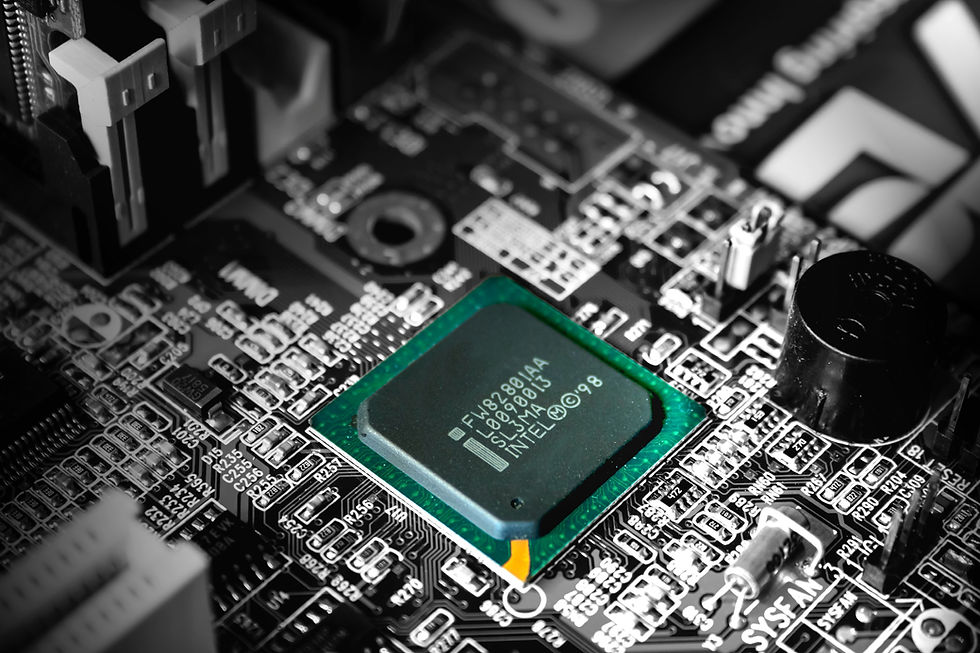What Mac do I have?
- Ben Ingle
- Dec 14, 2022
- 2 min read
Updated: Jul 31
Since Apple's first ever release, the Apple I, in 1976, there have been significant changes in both design and hardware, especially now with the introduction of the powerful Apple Silicon in 2020. Despite these changes, it can be difficult to identify certain Mac models especially when the iMac's slim unibody design was unchanged since 2012.
Before contacting any ITAD or asset disposal organisation it is important to determine what model and specification you have, so a quick and accurate quote can be provided during the trade-in process.
This guide will help you to determine the model, generation, and storage device featured within your Mac.
How to identify which Mac you have
You can determine what Mac you have by checking 'About This Mac'
Once your Mac is switched on, left-click on the Apple menu
Select About This Mac
Select Overview

Before trade-in, you should note down the size of the screen, year, processor, memory, graphics, and serial number. In the example above, we can see that this machine is a 2017 27-inch iMac with a Core i7 4.2GHz processor, 8GB memory, and a Radeon Pro 580 8GB graphics card.
You should also identify the storage device in your Mac. This can be determined when using the Disk Utility application.
Disk Utility
Disk Utility is an application built into macOS which can help you determine which storage device and size you have. Along with the specification determined within About This Mac, we will also require the storage device and capacity to be noted
Go to the Spotlight search at the top right-hand side
Type Disk Utility
Navigate to the View section and select Show All Devices
Note down the storage device shown within the Internal section

This will now list your internal storage device and the capacity of the drive, both should be identified. Please note there are three different storage devices found in Apple machines.
- Apple HD (Apple Hard Drive) - Fusion Drive
- Apple SSD (Apple Solid State Drive)
In the example above we can see that this Mac features a 512GB SSD (Apple Solid State Drive).
Locate the Serial Number on the device
If the device fails to power on you can locate the serial number on the device itself. For an iMac, the serial number can be found on the underside of the stand. For a MacBook, you will find the serial number on the base of the device.
The serial number will be an 11-digit number and can be searched via Apple's website here.
Use Apple's Website
Apple provides a comprehensive list to help determine what device you have. If you have the original packaging you can locate the Apple part number, for example, MMQA2xx/A, Once you have found this you can match this part number using the relevant list below.
If you have any Apple devices such as an iPad, iMac, MacBook, or Mac Mini please feel free to get in touch with us by calling 0208 191 1745 or emailing us at hello@mac.exchange for advice or a quick quote.



In this article it says "In the example above, we can see that this machine is a 27-inch 2020 model with a Core i5 3.3GHz, 8GB memory, and a Radeon Pro 5300 4GB graphics card." I don't think that is the information you can gather from the illustration, so it can get confusing.